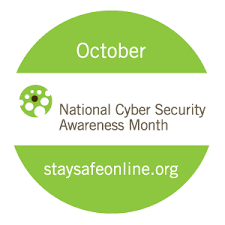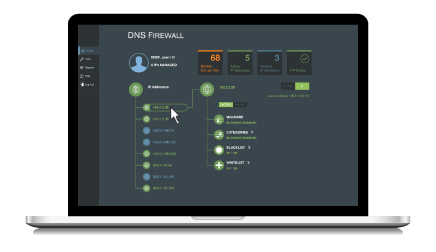 Cybersecurity is no longer a concern for just IT and security professionals. Recent breaches at organizations like Sony, Target, JP Morgan Chase, and numerous U.S. government entities have brought the issue of cyber-attacks very close to home. If you bank online, use your debit card at a local store or engage in any activity that relies on an Internet-connected system, you are at risk.
Cybersecurity is no longer a concern for just IT and security professionals. Recent breaches at organizations like Sony, Target, JP Morgan Chase, and numerous U.S. government entities have brought the issue of cyber-attacks very close to home. If you bank online, use your debit card at a local store or engage in any activity that relies on an Internet-connected system, you are at risk.
The Lifecycle of a Cyber-Attack
To kick things off, we start with the basics. To understand and protect yourself from a threat, it’s important to know who the bad guys are and their methods of attack. What’s the difference between a Trojan Horse and a virus? Besides financial gain, why else would you be a target for a hacker? Take a look below at our new infographic to learn more about the lifecycle of a cyber-attack: the actors, their motivations, the tools and vulnerabilities they use, and the harmful consequences you might endure as a victim.
3 Ways to Stay Safe
Today’s cyber threat landscape continues to grow and evolve, but learning the essentials can help you stay safe online. Here are a few tips that may help you to prevent becoming a victim of a cyber-attack:
1. Keep a Clean Machine
- Keep your software up to date and set up automatic updates
- Use security software to scan your computer and mobile devices, and don’t forget about external devices like USBs
2. Protect Your Personal Information
- Create a strong and unique password for each of your online accounts and change them regularly
- Make sure your privacy settings on websites and social media are set to how – and with whom – you’d like to share information
- Think before you click. If an email, social media post or ad looks suspicious, avoid it
- Use secure websites, especially when banking or shopping online – Look for “https://” in the Web address to help ensure you’re in a secure session
- Use a secure Internet connection at home. Connect to a trusted DNS network, like Verisign Public DNS
Share the Message
Being a good digital citizen is our shared responsibility. We invite you to be a part of the conversation. What are some of the ways you protect yourself and your online assets from today’s ever-evolving cyber threats? Lend your voice to this month’s efforts and share via your social media channels using #CyberAware.




